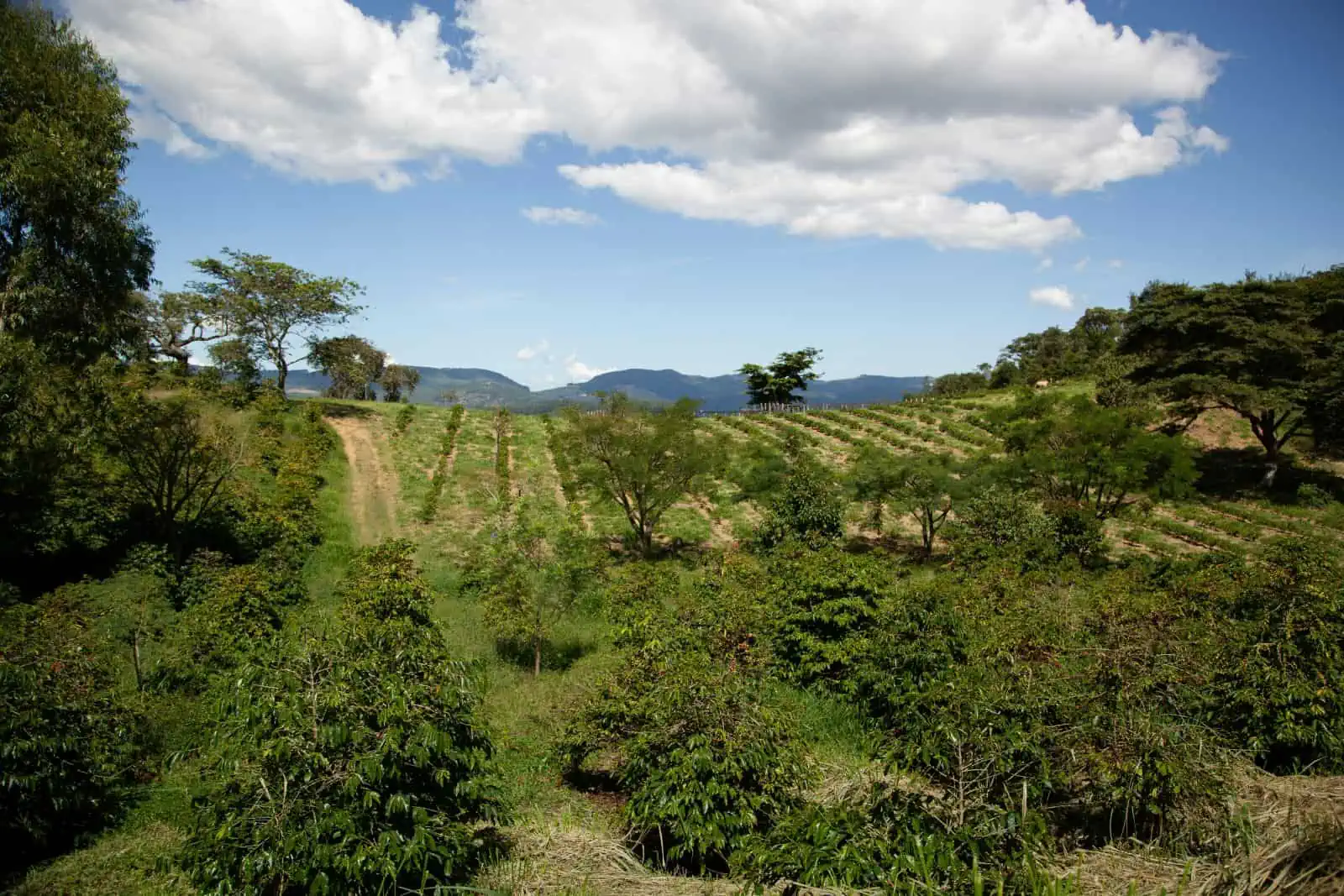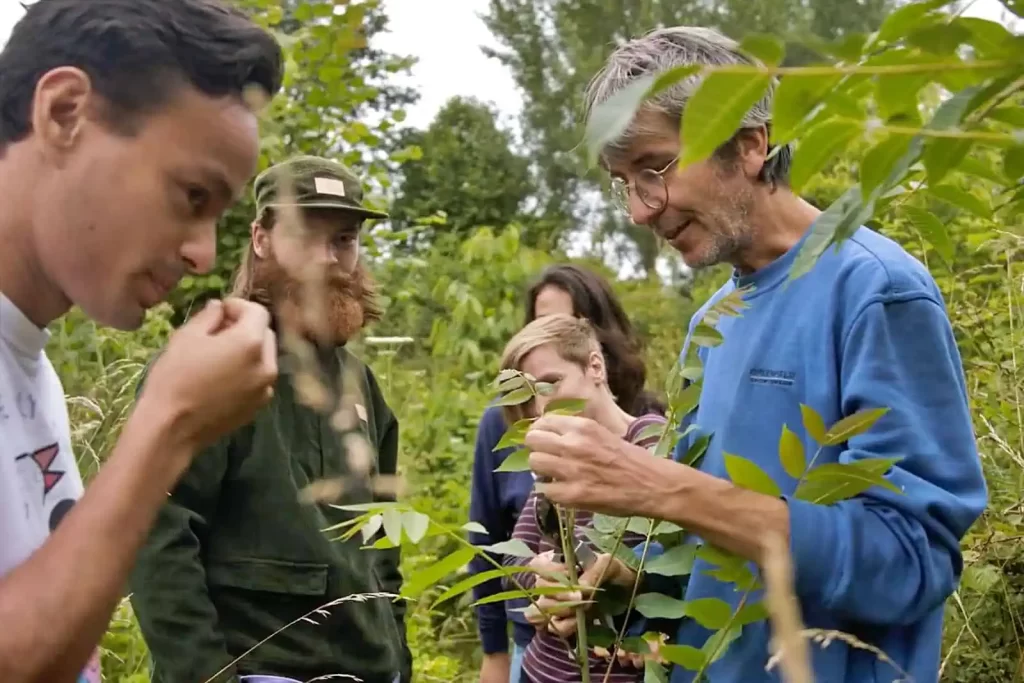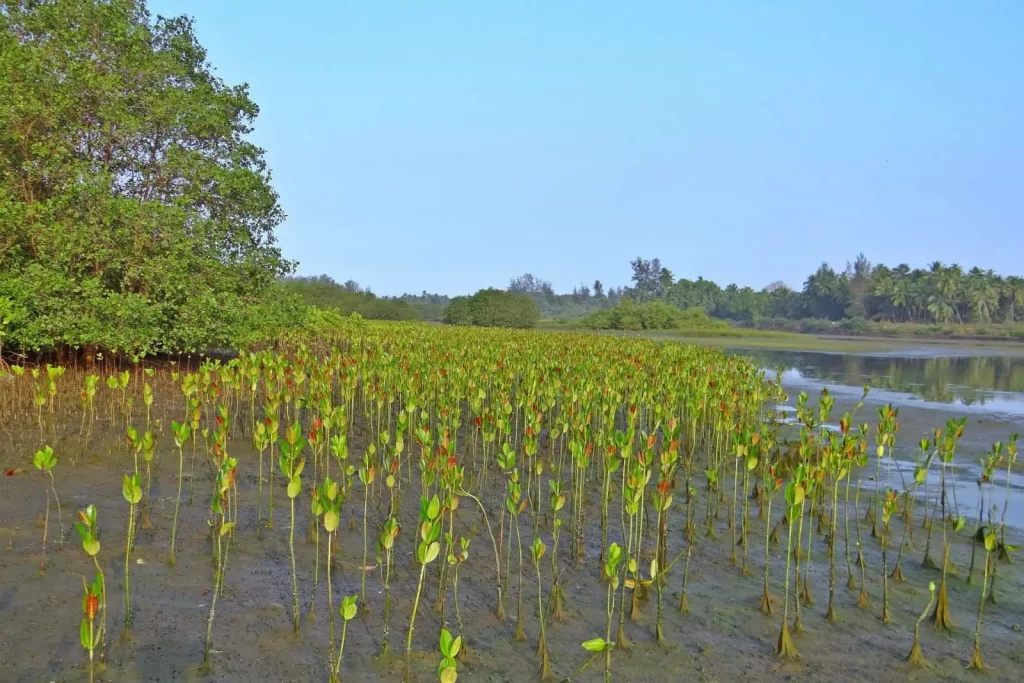
Ecosystem-based Adaptation: Working with nature to adapt to a changing climate
About this course
Ecosystem-based Adaptation (EbA), also known as nature-based solutions for climate change adaptation, is gaining increasing policy support and implementation worldwide. EbA utilizes biodiversity and ecosystem services to aid in adapting to climate change’s adverse effects, involving conservation, sustainable management, and restoration of ecosystems to enhance resilience. While EbA guidebooks and case studies have contributed to standardizing the approach, further training opportunities are needed to strengthen implementation across sectors, ensuring rights-based approaches, gender equity, and biodiversity outcomes.
- Climate Change
- Online









